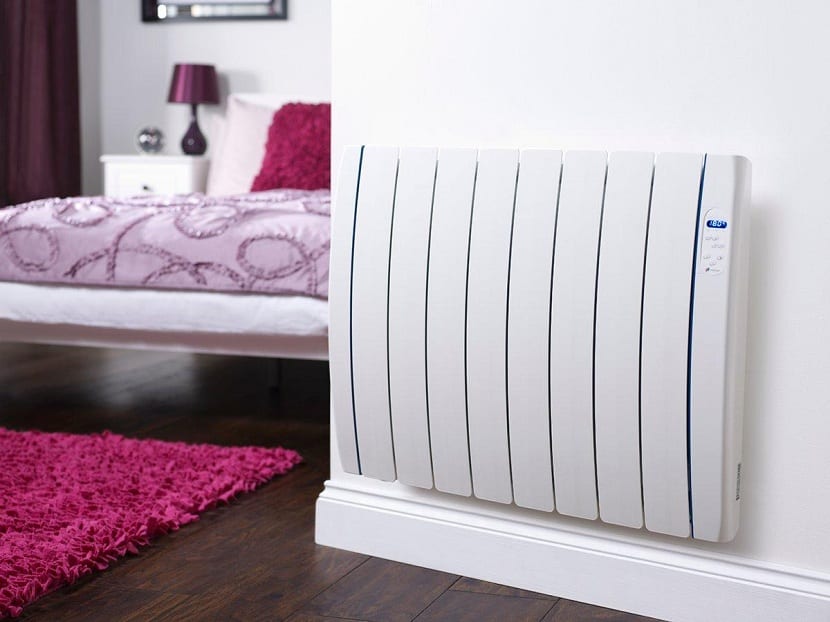
There are several types of heating methods, and each has its advantages and disadvantages. Each type of heating has its strong point that helps us to stay warm in winter and save as much as possible on the electricity bill. In this case, we are going to talk about the times when we want to heat a localized area of our home. For this, the best option is undoubtedly thermal emitters.
Still don't know what thermal emitters are? In this article we are going to explain all its utilities and operation and we will make a comparison with the best ones. In this way, you can select the one that best suits your needs. You want to know more?
What are thermal emitters?

To start we need to know what a thermal emitter is. These are heating equipment that is fixed to the wall and works by connecting to the electrical network. Its main advantage appears when acclimating a room. And it is that they work following the principle of thermal inertia. They are capable of conserving heat for much longer than other conventional heating systems. Thus, use 30% less energy.
One of the main fears with heating is the increase in the electricity bill. Using old heaters the desired result is not achieved well and we have to pay a lot at the end of the month. This makes saving in electricity one of the imperatives in the search for advantages in heating.
Another of the most important characteristics that thermal emitters have is that they are programmable. They have a thermostat that can be programmed in advance so that it starts working at the time we want. In addition, you can also adjust the power at which we want it to work. All this allows that, when we get home after a hard day's work, we can enter a house with the ideal temperature without the need for the heating to be active all day.
It is an environmentally friendly heating system. By not having any type of fuel it does not generate greenhouse gas emissions. As for maintenance, it does not require periodic reviews unlike other heaters.
Types of internal resistance
Thermal emitters work through an internal resistance that heats up and gives off heat. There are three types of internal resistors:
Aluminum heat emitters
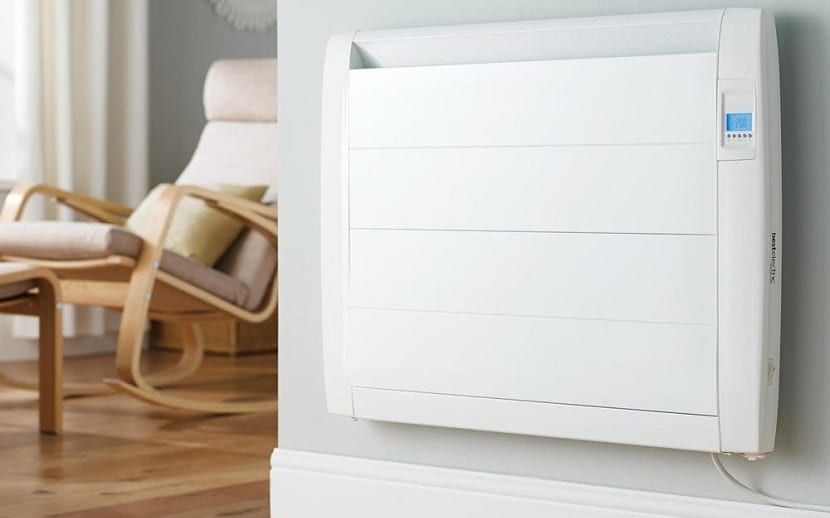
The main characteristic of this type of emitter is that the inner body conserves heat and is made of aluminum. Its design is prepared to transmit heat by conduction. They have the advantage that they heat up very quickly. However, they have the great disadvantage that the heat does not last for a long time. The longest it can last is about 5 hours.
A great disadvantage of these emitters is that, of all the models that exist, they are the ones that consume the most. We are looking for a device that makes us reduce the consumption of light, so it does not suit us much. The market is increasingly opting for other types of models whose technology is more advanced and makes it more efficient.
Thermal fluid emitters
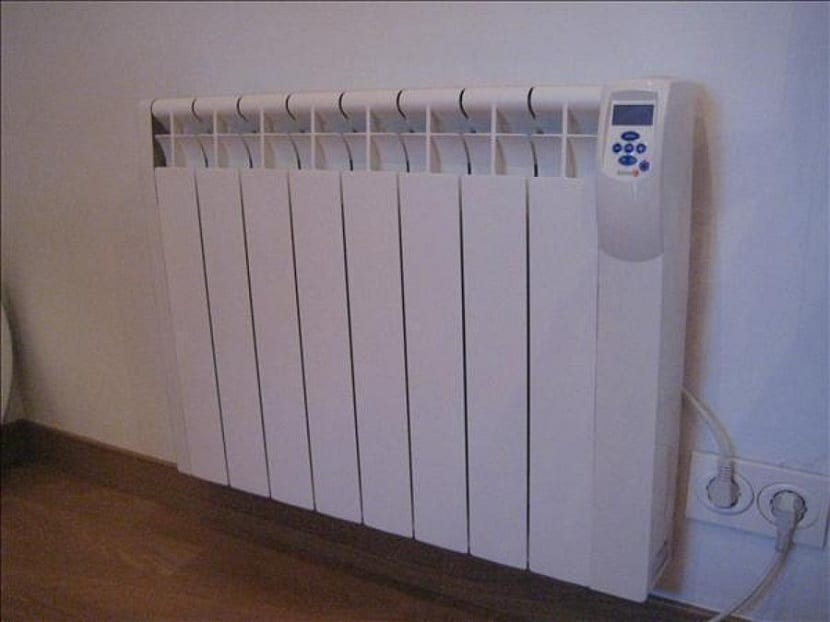
These are characterized by having a resistance that is a liquid housed inside and that is capable of conserving heat. This heat circulates inside the appliance thanks to the liquid nature of the resistance. It is better able to expel itself around the room on a much more regular basis.
Compared to the previous model, it takes much longer to heat up but they retain heat for about 8 hours.
Ceramic thermal emitters

These are by far the most efficient thermal emitters that we can find on the market. The internal resistance is made of a solid ceramic material. Dispose of a high conductivity and a very high thermal inertia. Without a doubt, they are the best thermal emitter option if we are going to be at home for more than eight hours. The disadvantage that we can name is that they are very slow to reach the maximum temperature, but it is compensated by the high thermal inertia they present.
What is the best heat emitter?
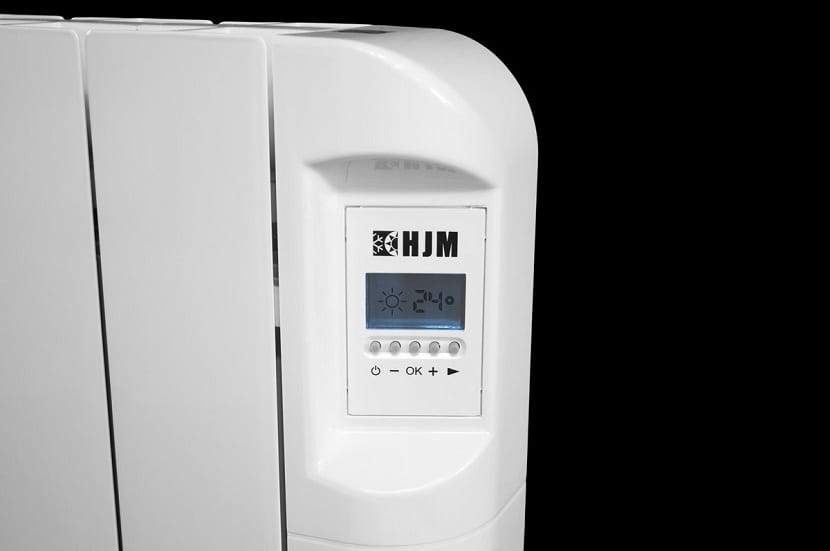
When choosing one, we must take into account our needs. Depending on them, we will have to choose one or the other. The main aspect to consider is the time that will normally be used. If it is an area of the house where it will be used a lot, the best is a ceramic emitter. If we are going to be in the room for a short time, it is better to choose the aluminum or fluid one. These take less time to heat up and, although they retain heat for less time, if we are not going to be in the room longer, it is not convenient for us.
We are going to see several thermal emitters:
Lodel RA10 digital thermal emitter
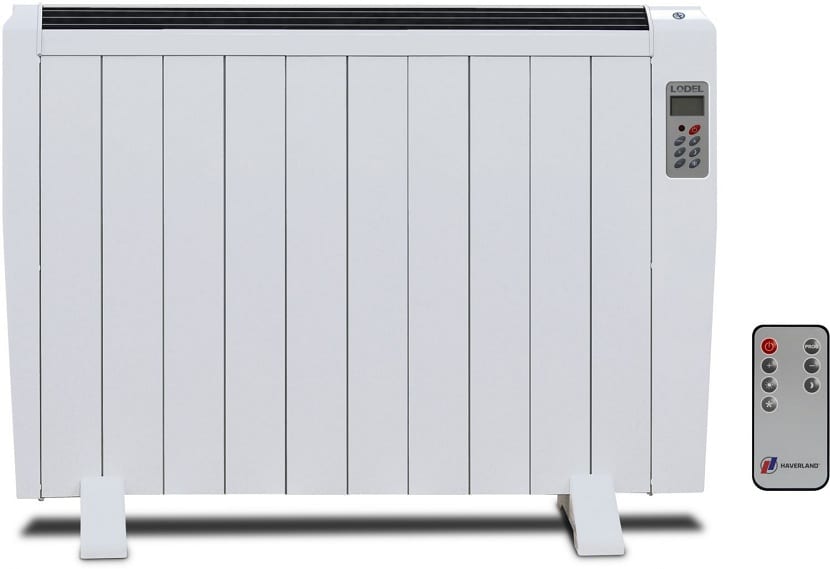
This is one ofthe best modelsthat we can acquire. It has a power of 1500 W, so it is enough to heat a medium-sized room. Heats up fairly quickly and holds heat well. It has a digital chronothermostat to be able to program it throughout the week. This perfectly helps to save energy. It has a remote control.
Orbegozo 1510 oil-free thermal emitter

This is another model that gives quite a few results and is available in various sizes. There are between 500 and 1500 W, depending on the size of the room that we want to heat. The design is quite good and it has legs that will help you put it anywhere effortlessly. It is of the aluminum type, so it will be ideal for those houses where it is not needed for a long time.
Thermal emitter Taurus CAIROSLIM 1500

It is manufactured by some of the best brands in the world of thermal emitters. Despite the brand you can buy it cheap. There are versions from 650 W to 2000 W. As in other cases, the schedule can be daily or weekly. This programming can be done comfortably through the remote control that it includes.
I hope that with this information you can choose the best thermal emitter for your home.